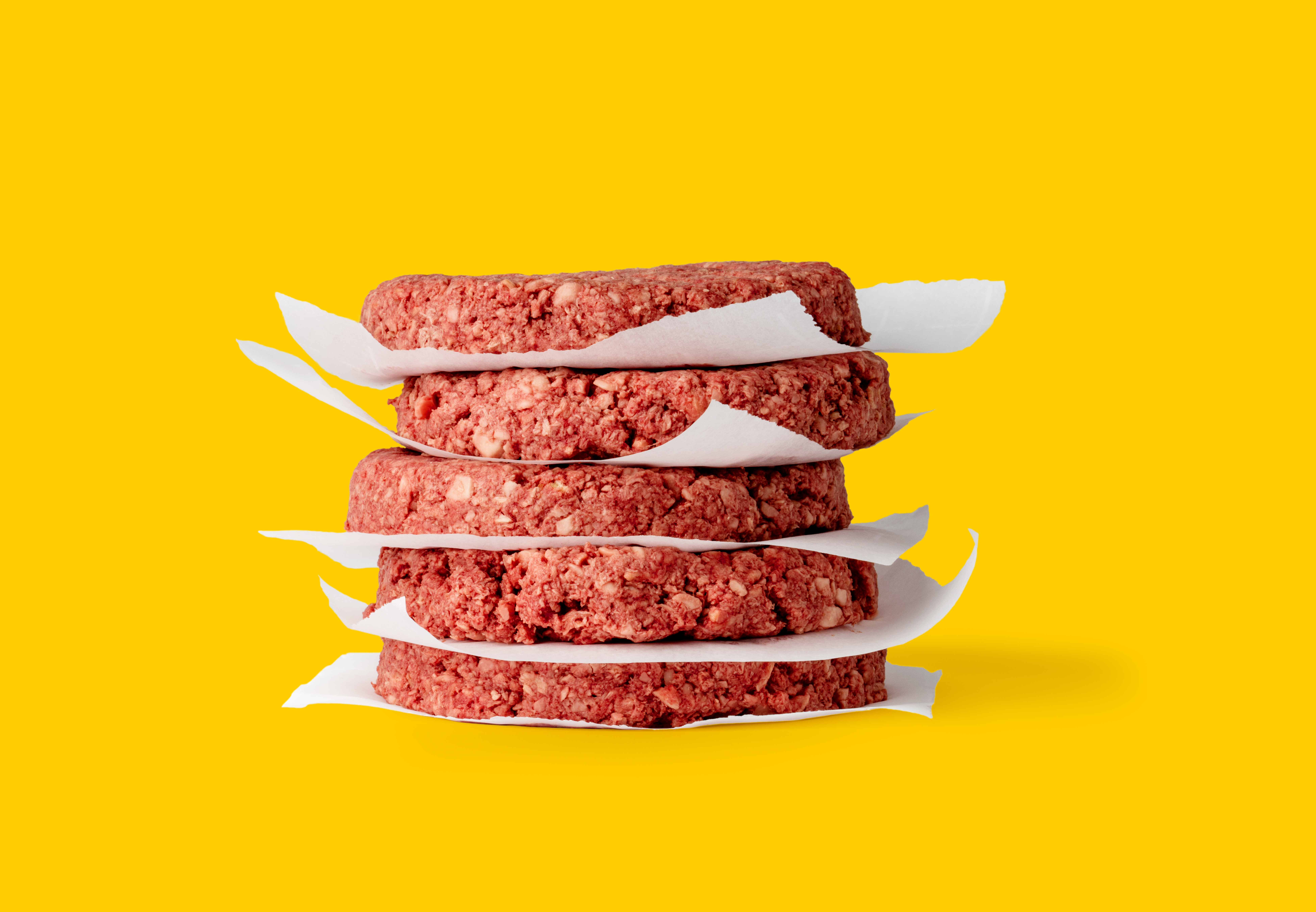The next revolution in food is being held up by regulation
The FDA's slow processes are keeping safe, environmentally friendly products off the shelves
In my last summer of grad school, I interned at Perfect Day Foods, in Berkeley, CA. It’s a food tech startup that makes milk proteins by adding the DNA that codes for cows’ milk to yeasts. These yeasts are genetically modified organisms (GMOs), and Perfect Day Foods is one of a growing group of companies, including Impossible Foods, Clara Foods, and Geltor, that use GMOs to make cutting-edge foods. The most famous is probably Impossible Foods' Impossible Burger, which is made from soy but tastes, smells, and even bleeds like a beef patty – and has yet to be declared safe by the US Food and Drug Administration (FDA).
This technology is far from new. We've been making industrial enzymes with GMOs for over 25 years. For example: rennet, the enzyme used to curdle milk in the cheese-making process, used to come from animal stomach linings. But in 1990, scientists figured out how to modify bacteria to produce it.

The Impossible Foods patty. No meat involved.
Impossible Foods
GMO products are still novel as main ingredients, but there are a number of benefits to adopting them. These new foods can have a better shelf life and different flavors than traditional versions. They are also vegan and more environmentally friendly than their typical grocery store counterparts.
That's why I was exhilarated to be working on a project with immediate, real-world implications – making proteins to be eaten, rather than studied. And the science behind purifying milk proteins made by GMO yeasts wasn’t any different from making a GMO-made enzyme like rennet. It was just a new twist on the concept. But unlike industrial enzymes, many food proteins made with GMOs have not yet been designated as safe by the FDA. This puzzled and amazed me: why would harmless, and delicious, innovations in food science remain in a safety gray area while neurotoxins like Botox are approved and on the market?
As a cell biologist and a foodie, I am disappointed that the FDA has not yet come around to recognizing these innovative products. The agency should stop being so cautious about approving new advancements that are clearly harmless to humans, and that could help us navigate a world where our current food sources aren't evolving fast enough to keep up with our changing climate and geopolitics.
While FDA approval is different for medicines, cosmetics, and foods, there is a common thread that runs through the process: a careful attention to history and precedence that can cause some interestingly incongruous cases of inertia.
The Botox story
Take Botox: we’ve known about botulism, the bacteria-caused food poisoning, for a long time. Way back in the 1820s, a German doctor figured out that some spoiled sausages were paralyzing villagers in his town. He figured out that botulinum, the bacteria infecting the sausages, created a toxin caused paralysis. Over the next hundred years, people kept studying the bacteria and figured out that the toxin was a protein that could be made safely in a lab and used to help alleviate eye muscle disorders. By the late 1970s, doctors had started working through the FDA drug approval process for this use.
The FDA drug approval process is a journey – starting with testing in animals, followed by side effect testing in healthy volunteers (Phase 1), testing to make sure that the drug does what it is supposed to do (Phase 2), testing to make sure that the drug does what it is supposed to do again in a larger test group (Phase 3).
Then known as Oculinum, Botox cleared these hurdles by 1989. By the 1990s, it had been approved for a number of different concerns including muscle spasms and excessive sweating. It wasn’t until 2002 that the FDA approved its use as a cosmetic, after doctors noticed that frown lines disappeared after treatment. A known neurotoxin is federally approved for injection into people's faces.
Coup de GRAS
Like Botox, GMO-made industrial enzymes like rennet have a pretty long history with the FDA. The FDA’s 'Generally Accepted as Safe' (GRAS) system has distinct criteria for accepting these GMO-produced enzymes. If the enzymes clear the necessary hurdles–production in an organism that is accepted as safe; DNA sequences that are safe; a production method that is considered safe–it will probably be deemed safe. In fact, 95 percent of enzymes submitted for GRAS notification have been processed without any questions.
Unlike these industrial enzymes, using a GMO-made protein in a food product for its taste, look, and mouth-feel is a bit of a different story. It’s really only been in the past decade that this kind of food tech has come into its own. So it will probably take a while for the FDA to deem these foods safe without question. Unfortunately, we may not have time for the usual process.
For the sake of producing food in a way that's more sustainable to our threatened planet, the agency should speed up this tendency toward inertia. The FDA has shown that it can come around to some really wacky, funky products, but only once they have almost excessive proof that it's safe as well as a fair amount of history on their side.
As an early tech adopter and optimist, I am looking forward to GMO-made proteins becoming old news to the FDA GRAS system. They may still be addressing GRAS questions at present, but their day will come very soon. And when it does, I can’t wait to try all the delicious new foods that enter the market.